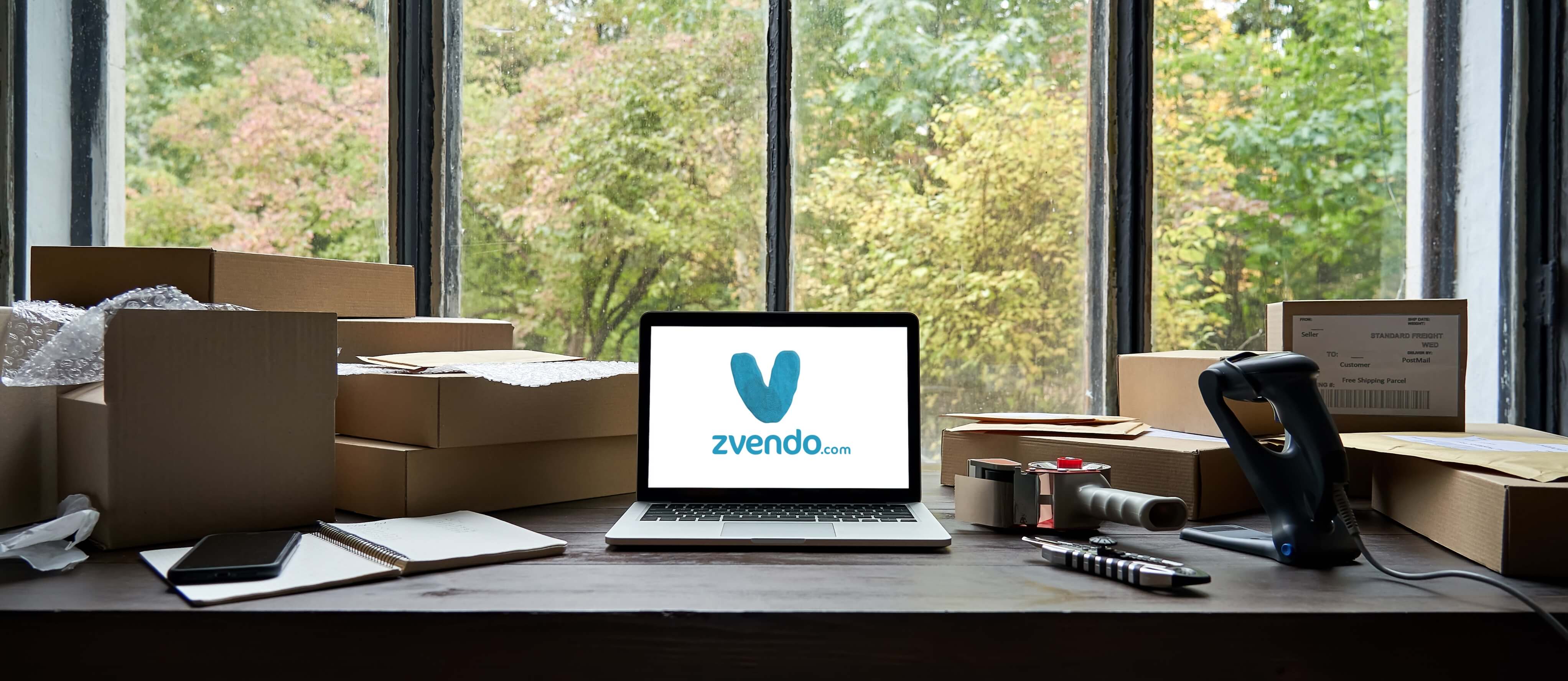A high bounce rate is a destructive factor for an online store.
What does bounce rate mean for an e-commerce site?
Simply put, the percentage of your website visitors who leave after viewing only one page is known as the “bounce rate”. The following situations take into consideration the vital reasons for your website bounce:
- Someone views one page and then hits the back button.
- Someone closes their browser after viewing only one page.
- After reading only one page on your website, the user clicks on another website which sends it somewhere else.
Why do visitors leave your website before buying? How to fix a high bounce rate or high cart abandonment?
Here are 6 ways to reduce bounces and restore sales.
Building trust with social proof.
Making an online purchase comes with an element of risk. You’re asking the shopper to part with their money for something they can’t see, touch, or experience in person.
The goal of social proof is to enhance consumers’ confidence in purchasing. You are more likely to make more money and get more social proof assets from their reviews if you can convince them to make a purchase.
Create responsive pages and stores.
It’s no secret that most of the visitors to e-commerce websites use mobile devices. While they may be unlikely to actually make a purchase on their phones, individuals still primarily use their mobile devices to view websites.
Mobile users are less likely to make purchases than desktop users for a variety of reasons. For instance, individuals might conduct research on mobile phones and then make a purchase later on a PC.
The truth is that mobile users will access your eCommerce website, and you must give them the same user experience as desktop users.
Include the right details on the relevant pages.
Given the average short interest period of an e-commerce site visitor and their natural desire to avoid wasting their time, it is obvious that you have to place the right information in the right place.
Figuring out what people want to see and where they want to see it might seem like common sense, but it actually involves a great deal of work. There are plenty of blind spots as well, which can make your bounce rate go up for no apparent reason.
Make the buying process smooth.
Nobody likes to be confused when trying to make a purchase from your website.
Visitors are more likely to leave if they can’t decide on the right CTA, reviews, or price.
Selling products online is just one aspect of running a retail store. It is also important to design a shopping environment that makes it as easy for your customers to make purchases as possible. To create a truly enjoyable shopping experience, you must master knowing the way your potential customers think. Once you do this, you will discover that it is much easier to stick with your customers and encourage them to make more purchases that will increase your income.
Use popups with the intent to exit.
It may be necessary to use a well-timed popup that appears right before a customer is about to leave your website in order to keep them there and reduce bounce rates. Include a strong call to action and be sure to clearly communicate the value you offer to drive engagement. Give the customer a reason to stay because this is your last chance to stop them from leaving.
In other words, they will leave, but your website adds an extra barrier in an effort to retain the customer.
Attract guests to browse.
Not everyone on your website will fall in love with the first item they see right away; If they can’t find what they’re looking for, they can click away. In Rachel Jacobs’ experiment, you can still encourage people to stay around by pointing out more goods they might need or want. Cross-selling is a sales strategy that involves recommending additional, related, or free products to a customer in order to increase sales.
As you can see, it is not easy to lower eCommerce bounce rates. It requires extensive investigation and numerous modifications.
Your bounce rate can be improved by shortening your site’s load times, making it mobile-friendly, making sure your content is relevant, and monitoring the success of all your traffic channels.
If you’ve just launched your online store or have questions before launching, feel free to contact us at zVendo.





